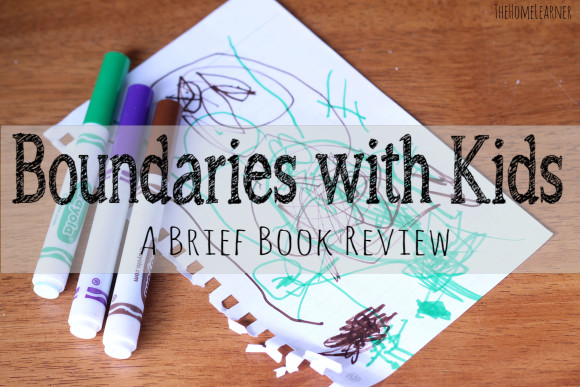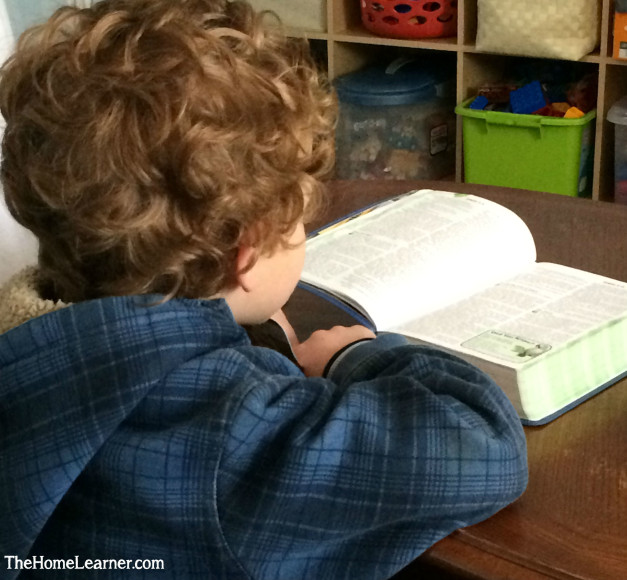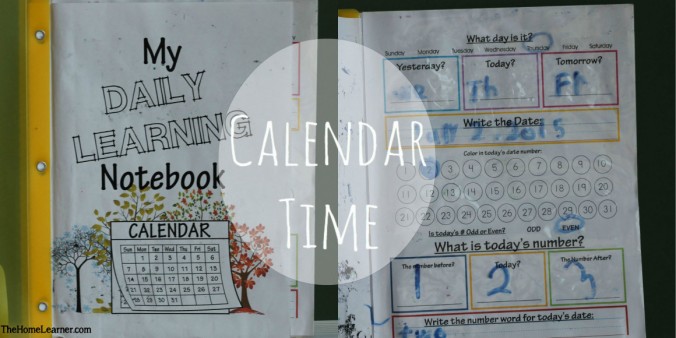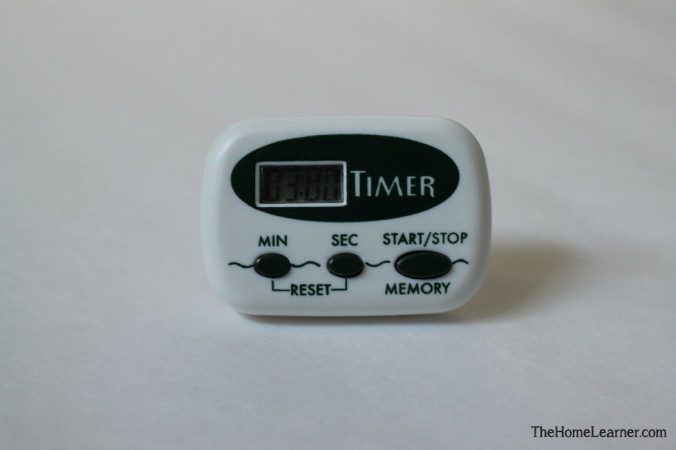
Very few rules with very great follow-through.
That was my parenting motto before reading Boundaries with Kids by Dr. Henry Cloud and Dr. John Townsend. I felt like a pretty good parent with the exception of the occasional hormonal outburst when I felt like my brain and my mouth weren’t connecting very well.
I wasn’t sure how much I was really going to learn about parenting from this book, but I was given a copy and encouraged to read it. So, I did even though I usually avoid all parenting books.
Why?
Well, it definitely isn’t because I came naturally to motherhood or boundaries. And I’m sure pride does play a major part in my previous avoidance of all books in the “parenting” category, but the bottom line for my aversion was fear. Fear of knowing more than I could do.
For me, consistency is huge. Follow-through is one of the foundational building blocks for trust, and I want my children to trust me almost more than I want them to love me (or maybe real trust is real love).
Selfishly then, I try to do my best on my own with what I already know so that I’m not over burdened by all the wonderful opinions and advice contained in all the popular parenting manuals. Because if I know better but can’t perform better then I’ll be too discouraged to even try.
Not to mention the confusion of conflicting messages contained within the top 5 books. Each book forms an “exclusive club” – spankers, praisers, behavior modifiers, etc. I didn’t want to feel conflicted by the pressure to be a purist in any single method.
But Boundaries with Kids by Dr. Henry Cloud and Dr. John Townsend was a lot more than just a parenting method book. This resource contains a wealth of information on how to define healthy boundaries, how to unpack the principles of healthy boundaries, and how to execute the principles.
Often when we are speaking on the topic of kids and boundaries, a mom will ask for help with a problem: “I set the boundaries for behavior for my child. But she keeps crossing them. What do I do?” The answer is, “That’s what is supposed to happen. You are the parent. You have a job. You job is to set the limits and enforce the consequences in love. She is the child. She also has a job. Her job is to test the limits many times with her active aggression and thereby learn about reality, relationship, and responsibility. It’s the divinely ordered training system.”
This quote contains the main concept of the book. The authors did a thorough job of answering my top questions: Why do we need boundaries? How are boundaries different than “rules?” What does it look like to set and maintain boundaries? And will there be growth and fruit in the parent-child relationship because of boundaries?
I discovered that I over empathize with my children’s emotions. The scenario of a crying three-year old when mommy leaves the house really hit home with me, and I had to take a hard look at some of the ways I project my feelings (adult size) onto my child. Doing this isn’t fair to the child and it isn’t helpful for building reliable (and loving) limits.
Speaking of “loving limits” – this reminds me so much of the children’s program in BSF. If you want to find a Bible study that has child care, check out Bible Study Fellowship. Their children’s leaders follow such beautiful guidelines for working with and training children that I often felt like this book and their manual could be complimentary. (BSF children’s leaders are some of my very favorite people!)
The other major wake up call for me was in identifying that my children are often passive boundary crossers. Oh my, isn’t it so sneaky how our bent towards self and sin can be masked by being compliant? This section is contained later in the book and up until this point I was reading along with a (slight) chip on my shoulder, thinking we were doing pretty good. I don’t have the kid that throws a WWIII level tantrum in the grocery store – so I’m good!
Ugh. Nope.
I now think that how my children behave (and how I’ve trained them to behave) is harder to correct than a child who needs to be redirected in their active boundary crossing.
{Groan.}
While this has created more work for me and has opened my eyes to see the change that needs to happen, it has birthed enough hope and desire for healthy relationships that I feel motivated to work on establishing healthy boundaries. Besides, this is the year of GROW, right? It all fits.
There were a few things that I didn’t love about the book though, and it took a lot of concerted effort to finish this book. (I was often tempted to put it down in favor of lighter, more entertaining reading.) But I want to FINISH what I start this year. I want to follow through on even the little things that I start. This is part of how I measure growth in my own life.
Here are the ways I feel like the book fell short of being the “perfect” parenting book:
- There aren’t enough stories. The stories that are included mainly focus on working out boundaries and consequences with teenage kids. Some of the most powerful applications of consequences were dependent on the child having to stay home alone while the rest of the family enjoyed an outing.
- The conversations included from their own younger children didn’t feel organic. I felt like I was reading “staged” material.
- When scripture was included, it was used to support their principle without much context or explanation of the verses. I felt like they could have developed the connection using scripture as their starting point.
- I was hoping for more practical ideas for consequences. I’m not creative enough to figure out a consequence that will really teach. A “time out” sometimes is exactly what my 9 year old introvert wants! Win win for her, she disobeyed and got alone time too! I was looking for ideas on how to correct without being too complacent or too strict.
I do recommend this book, especially for anyone struggling with discerning where their identity stops and where their child’s starts. It’s all too easy to get emotionally tangled up in doing our very best for our kids. But like it was pointed out in the book, my parenting is temporary. The goal is to raise an adult with healthy boundaries.
Check out Boundaries with Kids. And check out what I’m reading this year!




















